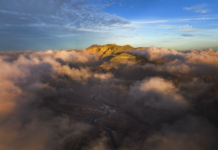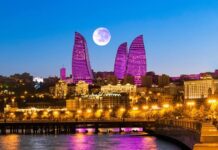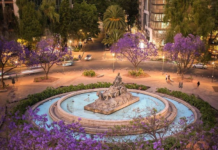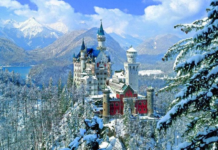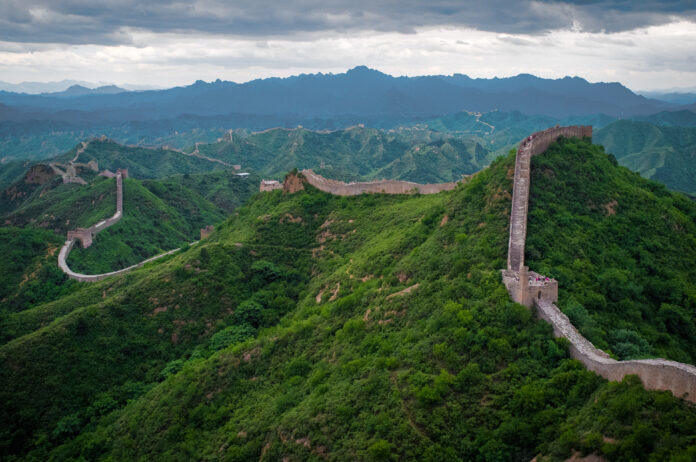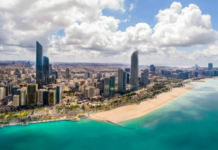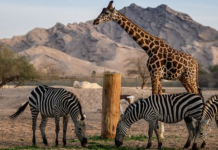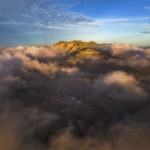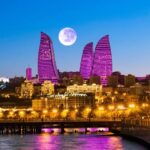If you are thinking of going on a tourist trip to China, here are the most prominent tourist attractions that you can visit to enjoy the landmarks of ancient civilization.
China, the world’s oldest and most prestigious human civilization, is known for many wonderful tourist shrines to which visitors from all over the Earth come, perhaps the most famous ever being the Great Wall of China, one of the seven wonders of the world.
If you are thinking of going on a tourist trip to China, here are some of the most prominent of these attractions you can visit to listen to the landmarks of that ancient civilization dating back thousands of years:
Great Wall of China
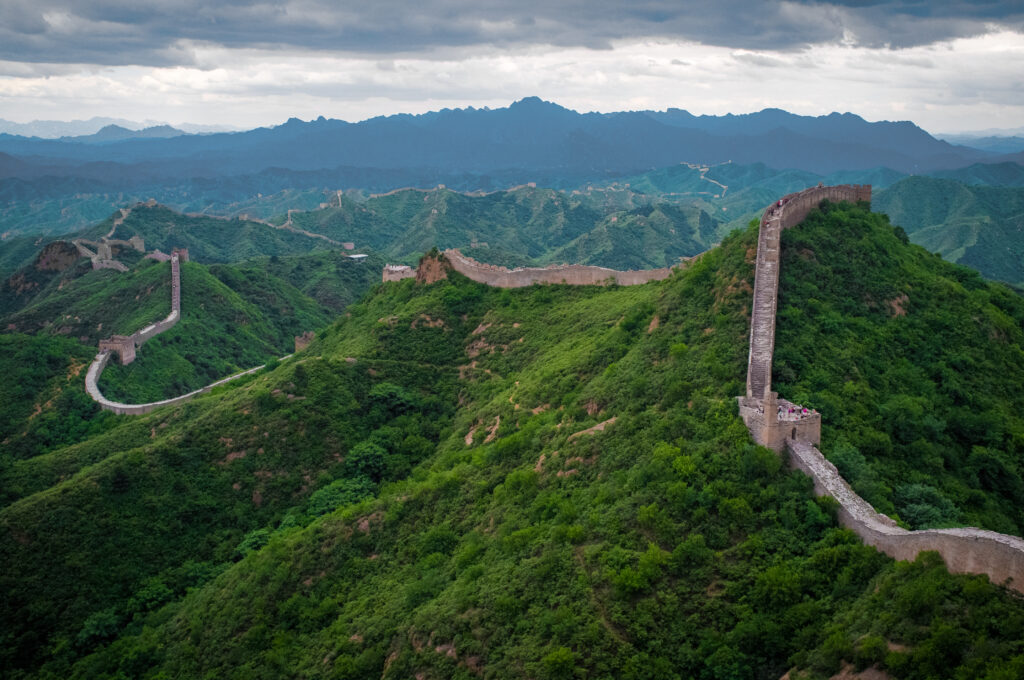
The Great Wall of China is one of the iconic symbols of China, the world’s tallest wall, and one of the seven wonders of the world. It is a striking achievement of ancient defense engineering, where it was considered a shield to protect borders from enemies and invaders, and today it is China’s most prominent tourist attraction, visited annually by some 130 million visitors.
The Great Wall is 21196. 18 kilometers long and includes guard towers, lighthouse towers, ladders, bridges, and scaffolding. It has become the world’s longest-running cemetery, with some 1 million people losing their lives during the construction of the Wall.
The Forbidden City of Beijing
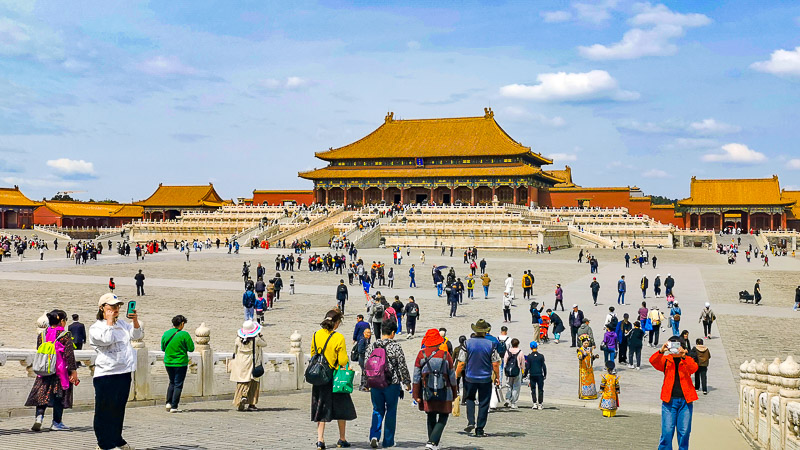
Also known as the Imperial Palace, the largest palace in the world, located in Beijing, covers an area of 183 acres, consists of 980 buildings, and contains 8707 rooms in total.
The Forbidden City also contains the world’s largest collection of ancient wooden structures, listed on the UNESCO World Heritage List in 1987, and each year the Forbidden City attracts more than 10 million visitors.
All the roofs of buildings in the Forbidden City are decorated with yellow-glazed tiles since yellow became a symbol of Chinese emperors. The entire palace complex is surrounded and protected by a 7.9-meter-long city wall and a 170-foot-wide water trench.
Terracotta army, “clay army”
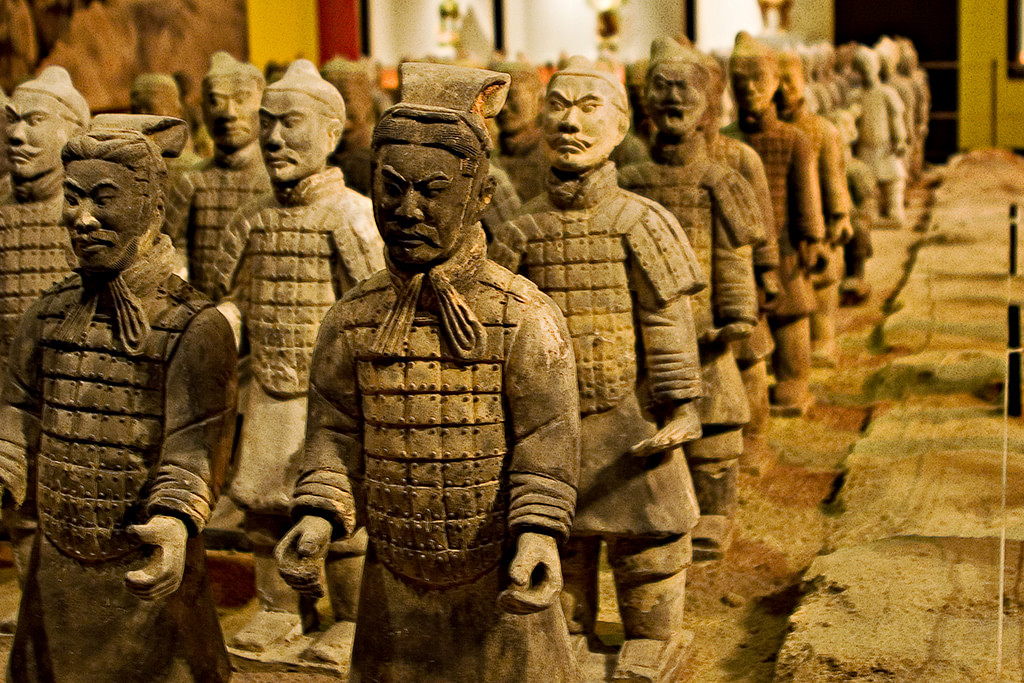
The Terracotta Army is an army of thousands of fighters made of clay by order of China’s first Emperor, Kin Shin Huang, to be buried with him when he dies, becoming the world’s largest cemetery.
The cemetery was discovered in 1974 by a group of Chinese peasants as they excavated a well in a village in Xi’an, containing some 8 thousand fighters, 130 carriages, 520 horsepower, and 150 knights of their natural size. The cemetery was named the Eighth Wonder of the World and was classified as UNESCO’s world heritage.
More than 700,000 sculptors were involved in the construction of the mud statues, which were placed in ovens at a temperature of 1,000 degrees Celsius and then left to cool to be colored and decorated.
Mogao Caves
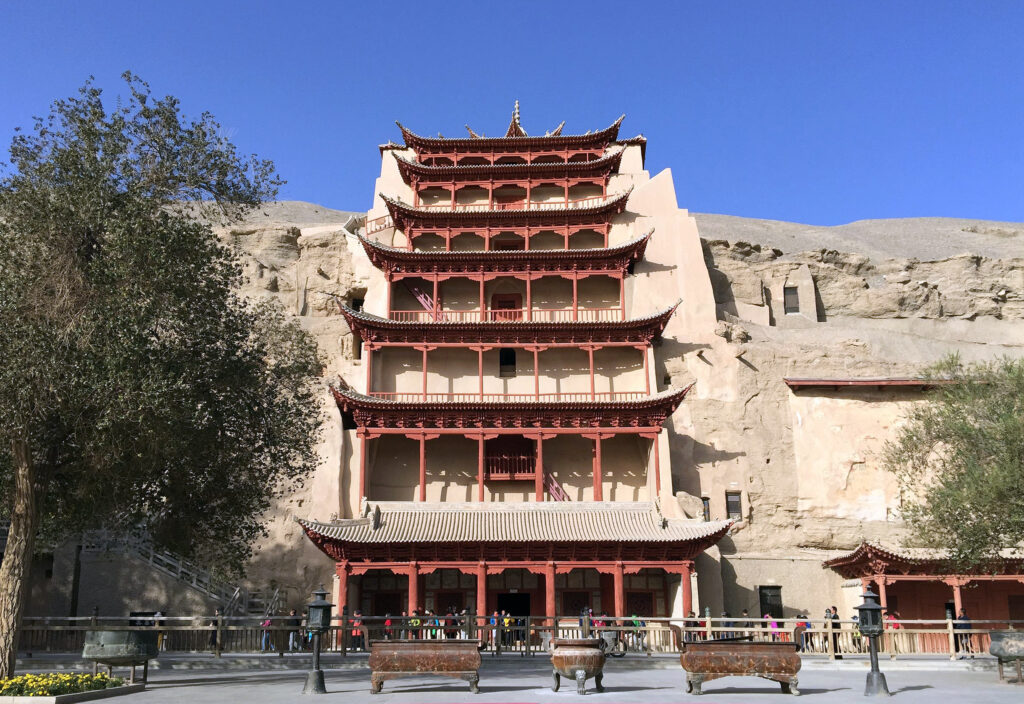
The Mogao caves, also known as “A Buddha” caves, are located in the northwestern Chinese city of Dunhuang, are renowned for their murals, and contain the world’s most beautiful statues.
The Mogao caves date back to 1600 years ago, when a monk called “Leh Zhong” saw the golden sun similar to a thousand Buddhas in the mountain in front of him. He thought there was a sacred place and then drilled his first cave. The monk’s story drew a large number of clergy there, and as the days passed, new caves were dug for various social groups.
Mogao caves currently contain 492 caves, more than 2,000 colored mud statues, and more than 1,000 stone statues, as well as tens of thousands of Buddhist scriptures.
The caves of Mogao Kenza are a masterpiece of Buddhist art in the world and, in 1987, were included in the UNESCO World Cultural Heritage List.
Temple of Heaven, Beijing
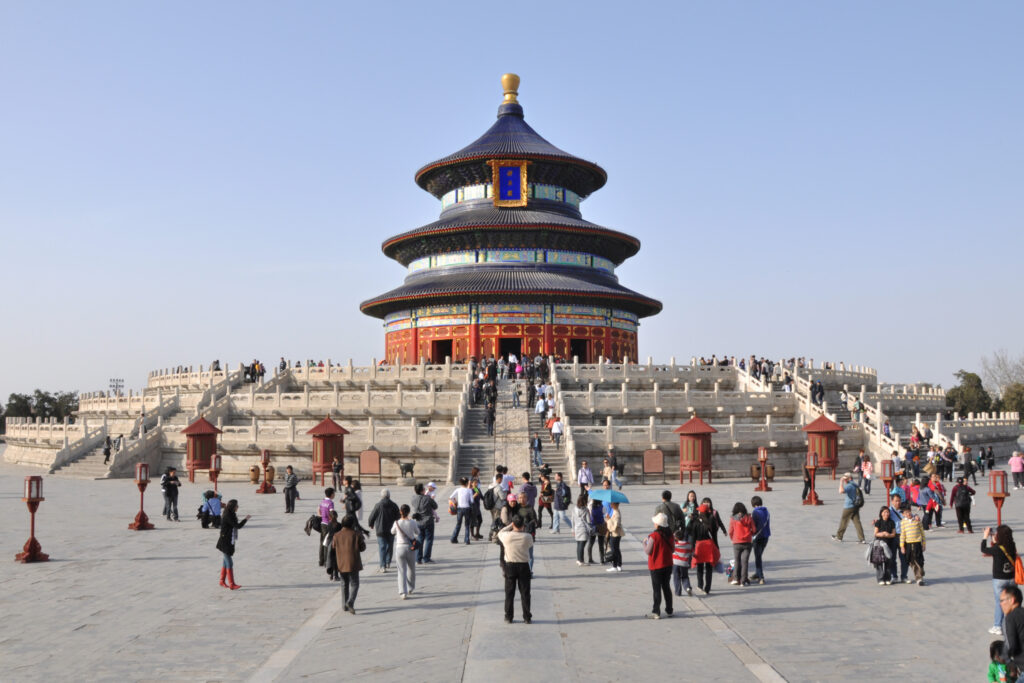
The Temple of Heaven is the most prominent landmark of the Chinese capital, Beijing, and dates back about 500 years, with an area of about 2.7 million square meters.
According to Chinese beliefs, the temple is a “link between heaven and earth,” as it was once used by China’s emperors as a place to offer sacrifices to the gods of heaven and earth.
The temple’s base was built in a square shape, and while its upper floors were built around the belief that the ground was square and the sky was circular, the temple was included in 1998 on the UNESCO World Heritage List.
Victoria harbor, Hong Kong
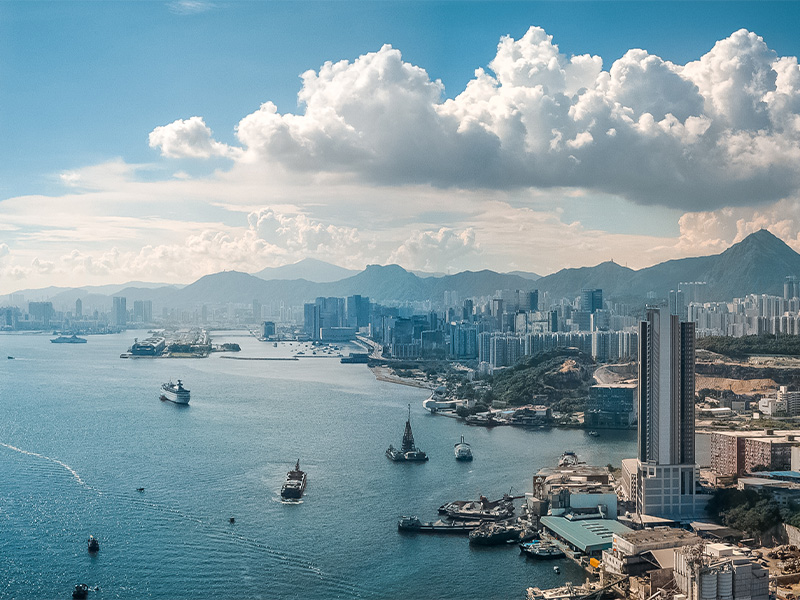
A natural harbor located between Hong Kong Island and the Kowloon Peninsula, it is Asia’s largest seaport and the world’s third-largest port.
Victoria’s harbor is the most popular tourist attraction in the city of Hong Kong due to its spectacular landscape, and in order to increase the visibility of this place as a tourist attraction, the local government makes an annual show called “Symphony of Lights.”.
The Symphony of Lights is a spectacular scene in which iconic buildings on both sides of the harbor combine to form a harmonious painting to deliver exciting art performances with an enormous number of floodlights, laser lights, and crystal screens in a symphony that creates a night scene that transforms Hong Kong’s skies into an outdoor audiovisual festival.
In 2005, it was announced by Guinness World Records as the world’s “largest permanent display of light and sound.”.
Li River
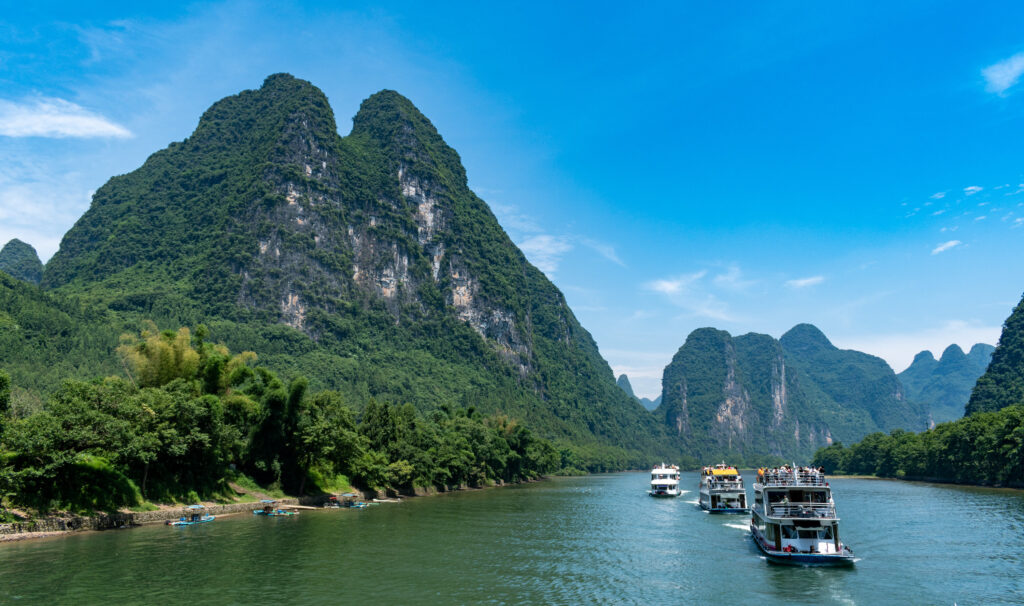
The Li Cruz River is one of China’s most important tourist areas, attracting thousands of tourists annually, and is an important source of economic income for the state.
The discovery of the river, which connects the city of Colin and the city of Yangstu, dates back to the 16th century and is approximately 266 thousand kilometers long.
It features a spectacular view of caves, mountain slopes, and rocks, as well as some agricultural villages on both sides of the river.
Jiuzhai Valley
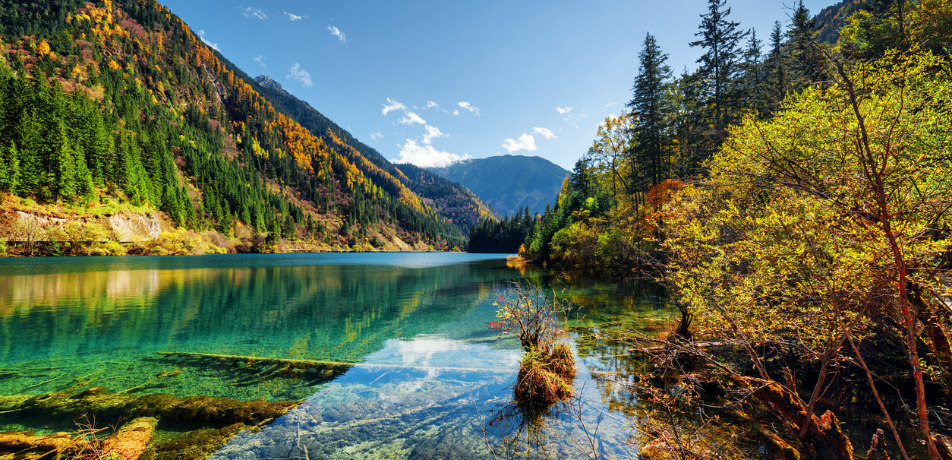
The Jiuzhai Valley is a nature reserve and national park located in Sichuan, south-western China, with an area of about 720 square kilometers, mostly covering forests and dense trees.
This valley is very popular with its colorful lakes, multi-level waterfalls, and snow-capped peaks. It is nicknamed the “Magic Fantasy World,” and the reserve was listed on the UNESCO World Heritage List in 1992.
The Jiuzhai Valley appears in the form of the English letter Y, is 40 kilometers long, and has nine Tibetan villages, so it is called the Jiuzhai Valley, which in Chinese means the valley that owns nine villages.
Yellow Mountain
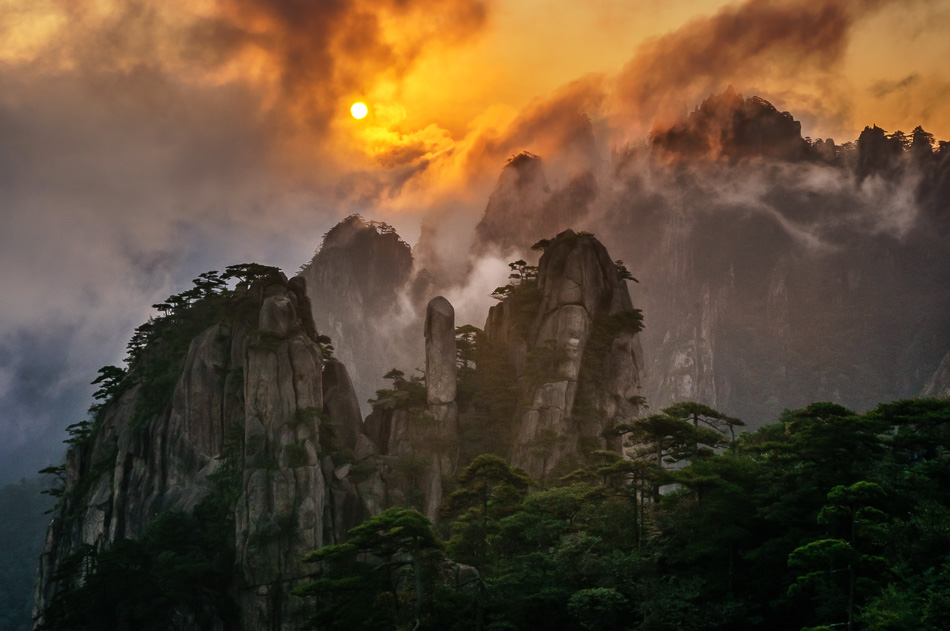
Yellow Mountain, or Mount Huang, is a mountain range in eastern China. It is 6,115 feet high and features granite peaks and scenic landscapes, making it one of the most important tourist shrines in the country.
The mountain range was carved by quadrant-era glaciers and is also included in UNESCO’s World Heritage Sites.
The Yellow Mountain is called the “Jewel of China,” where it has all the magic and beauty resistance that has made it the most popular tourist destination, and there are currently trailhouses in the mountain to make it easier for people to move to the peaks to enjoy the most beautiful views, as well as restaurants and cafes.
Potala Palace
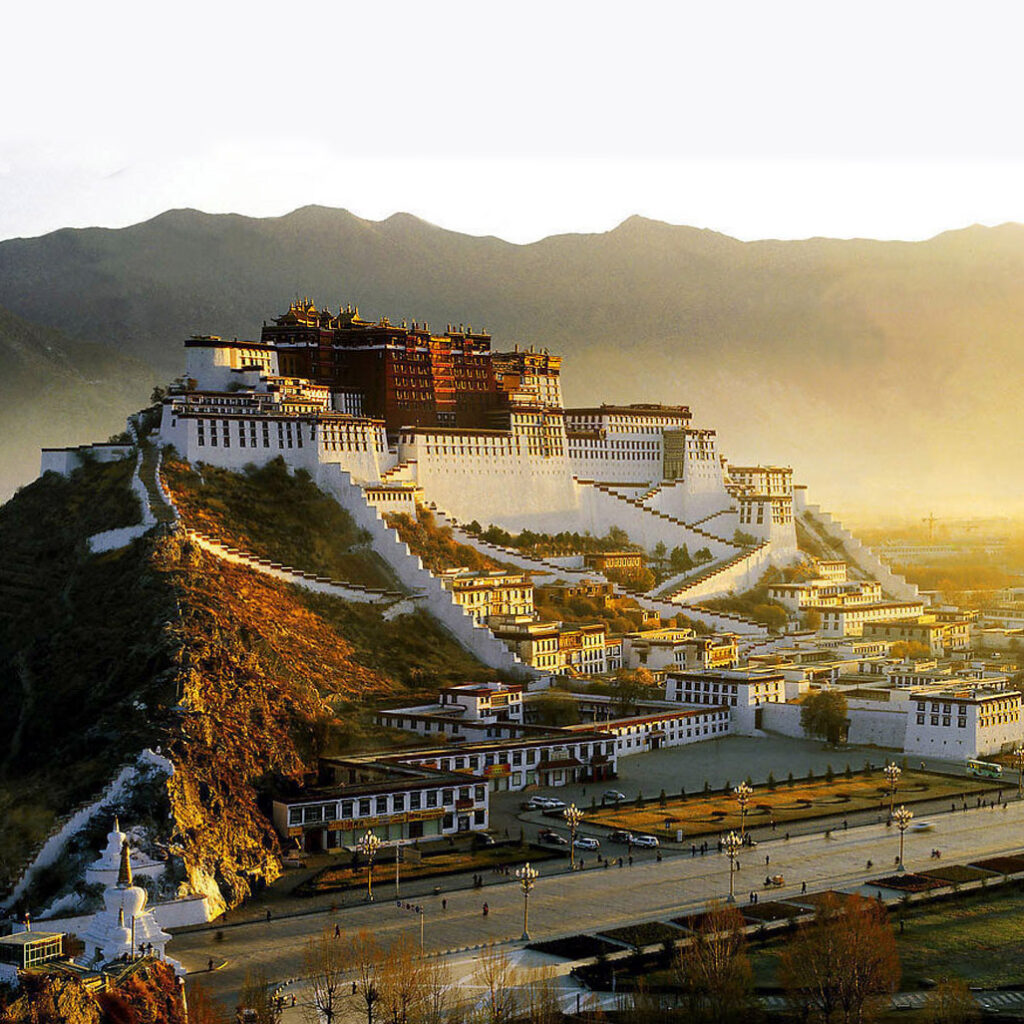
The Palais “Potala” dates back more than 1,300 years, was built as the center of the Tibetan government, and is the world’s highest ancient palace. It is 3,767 meters above sea level.
7,000 workers and 1,500 sculptors worked on the construction of the 1,000-room, 13-story palace, and it was built on top of Mount Hongshan in Sala, Tibet, China.


